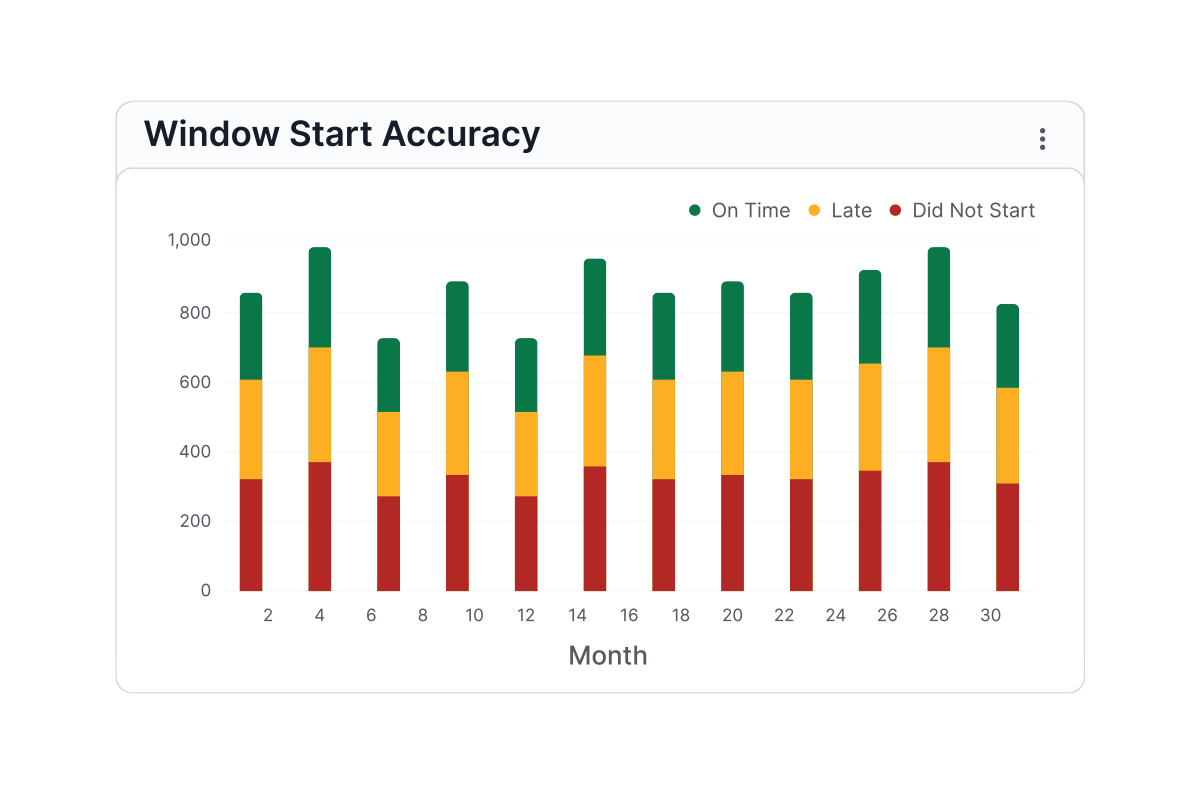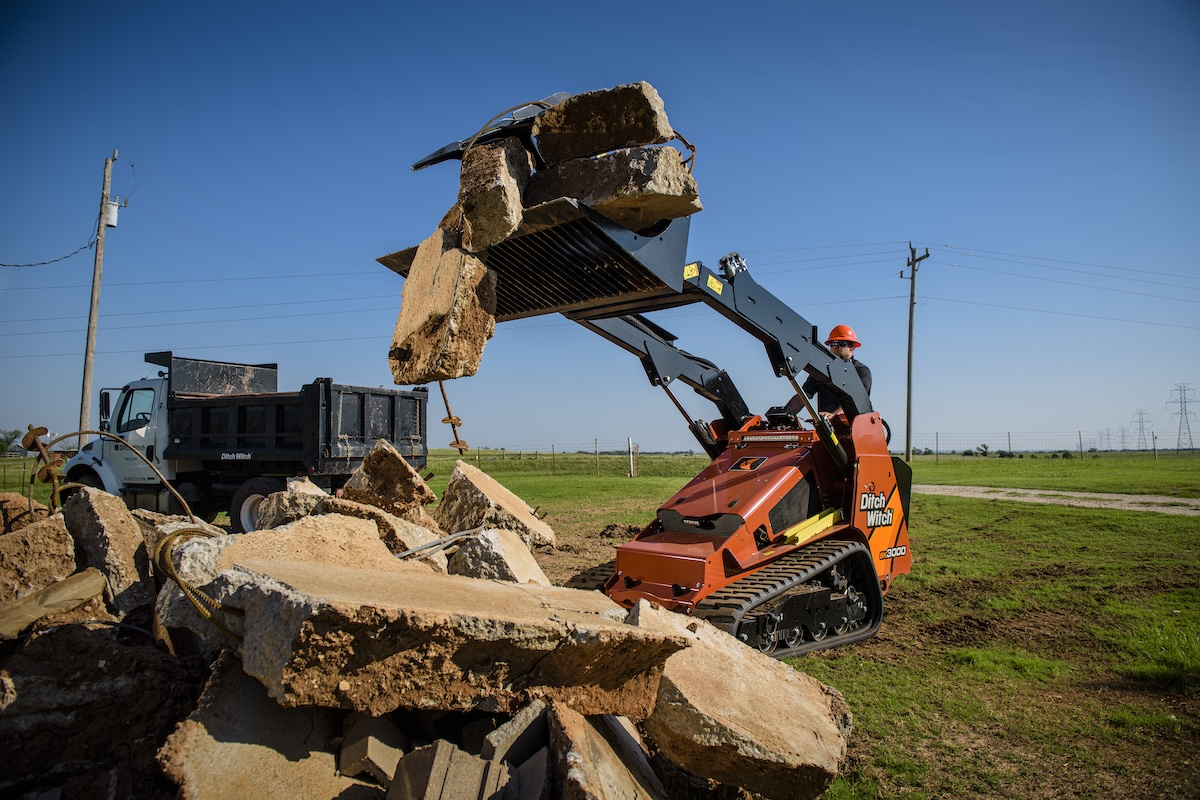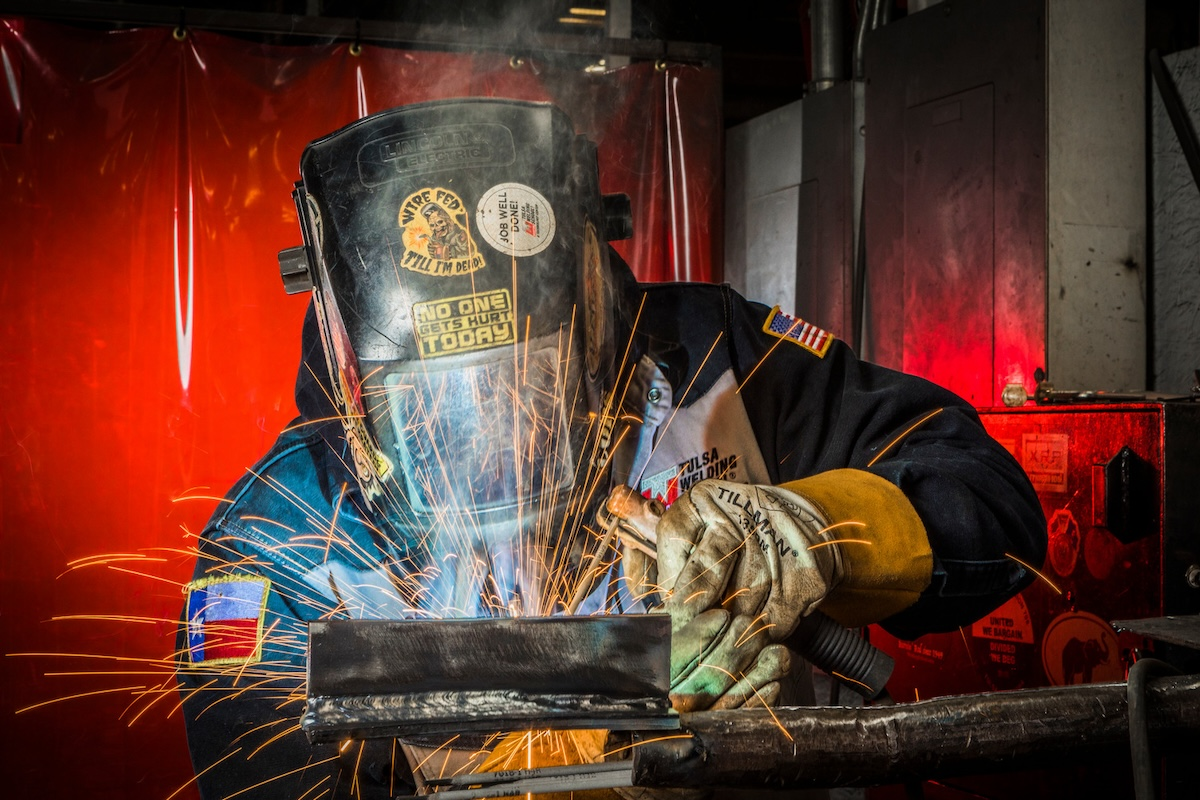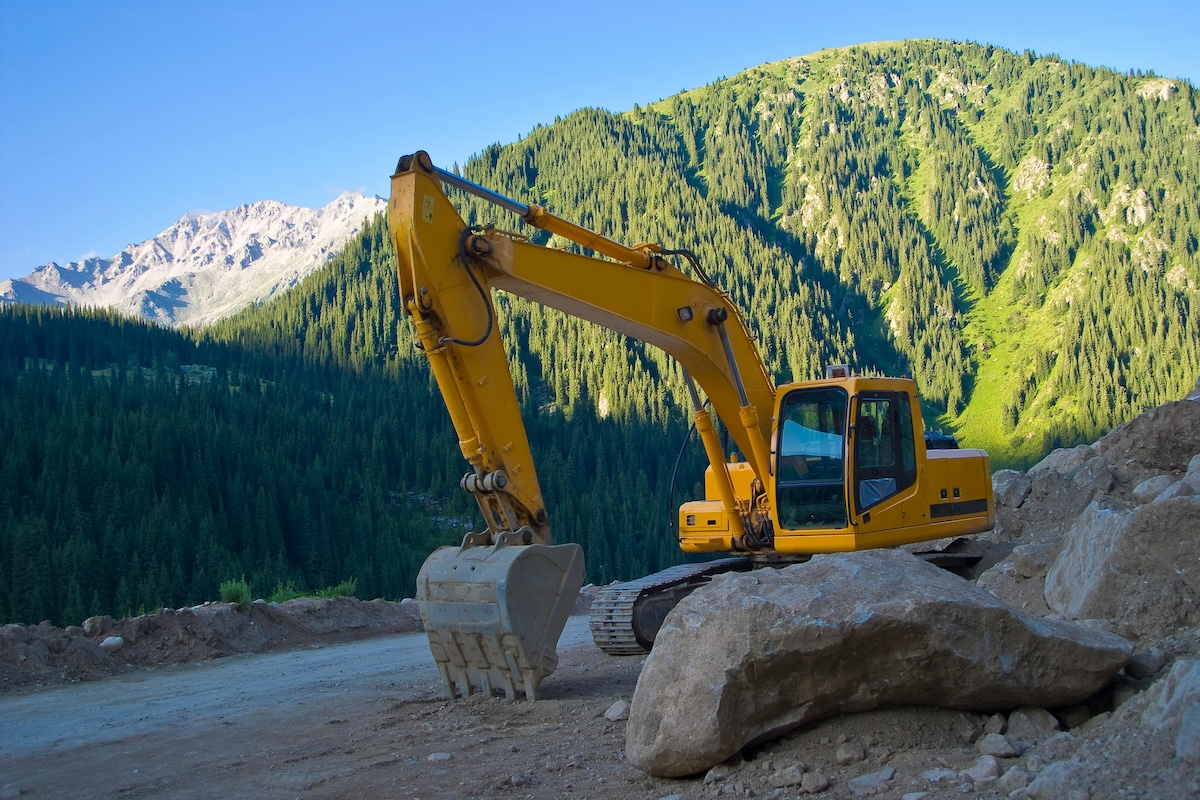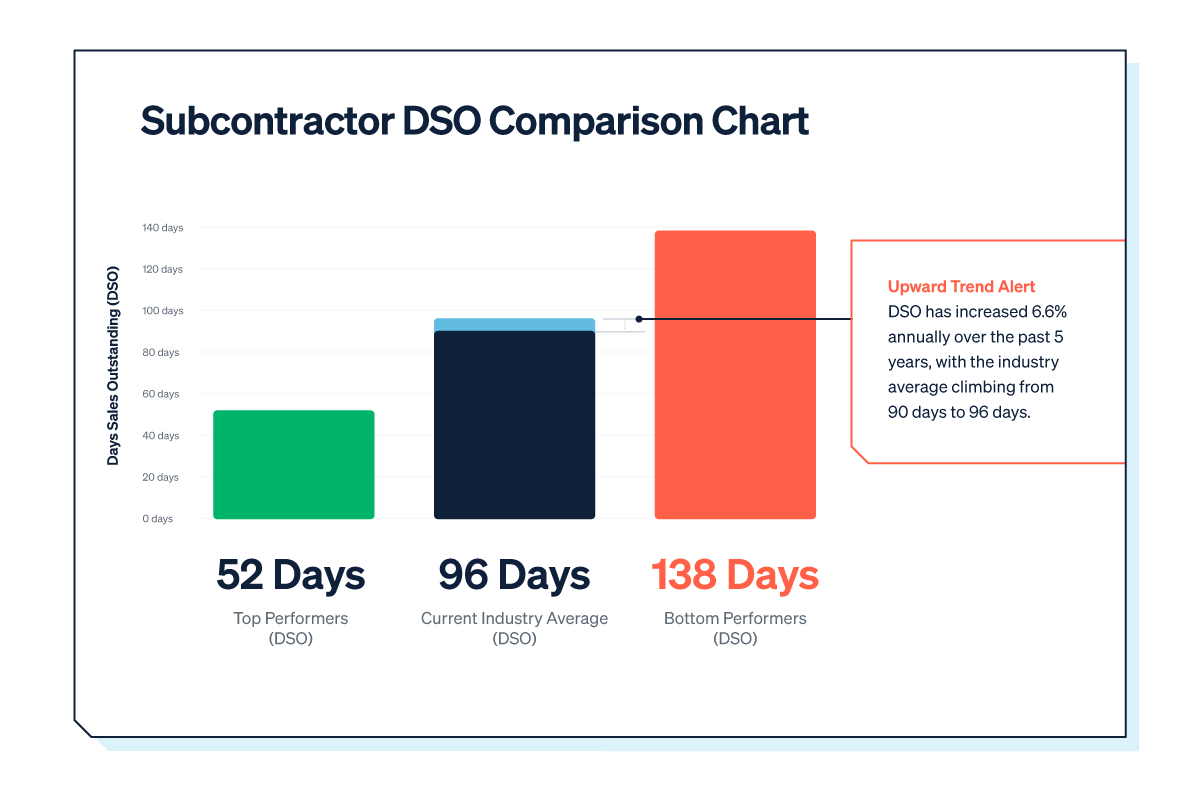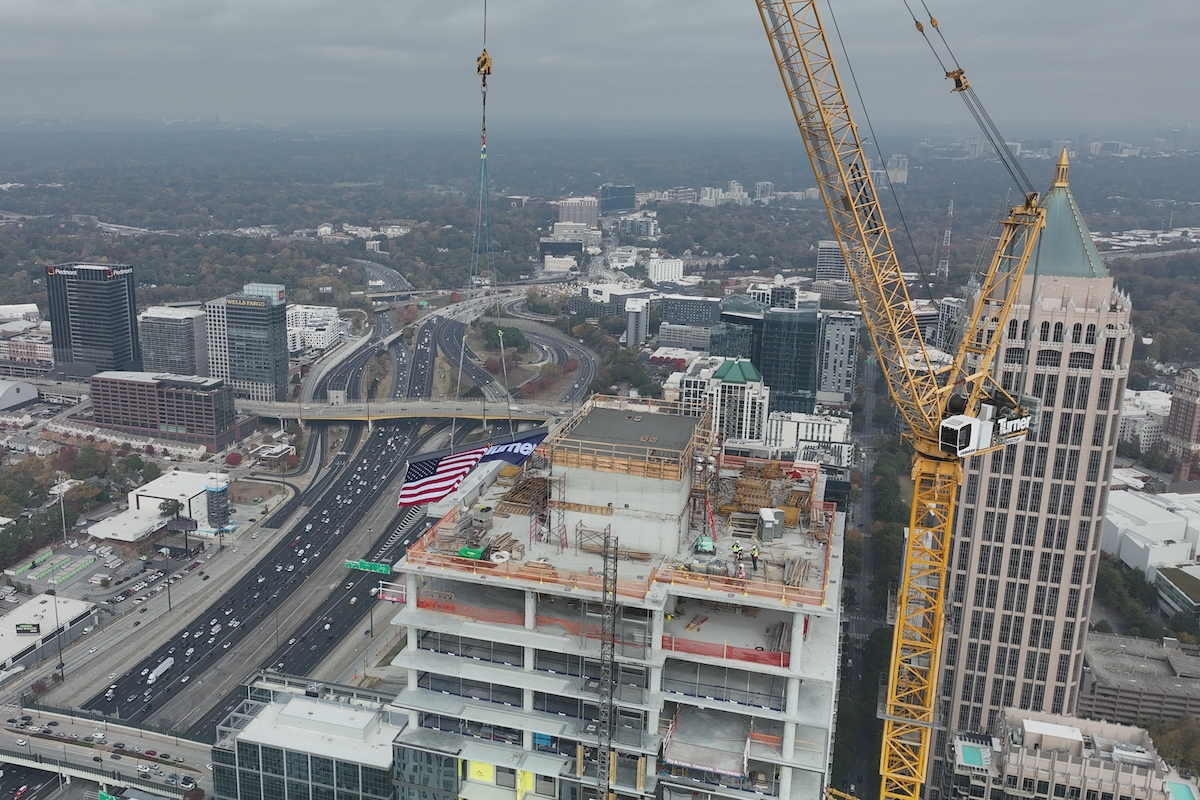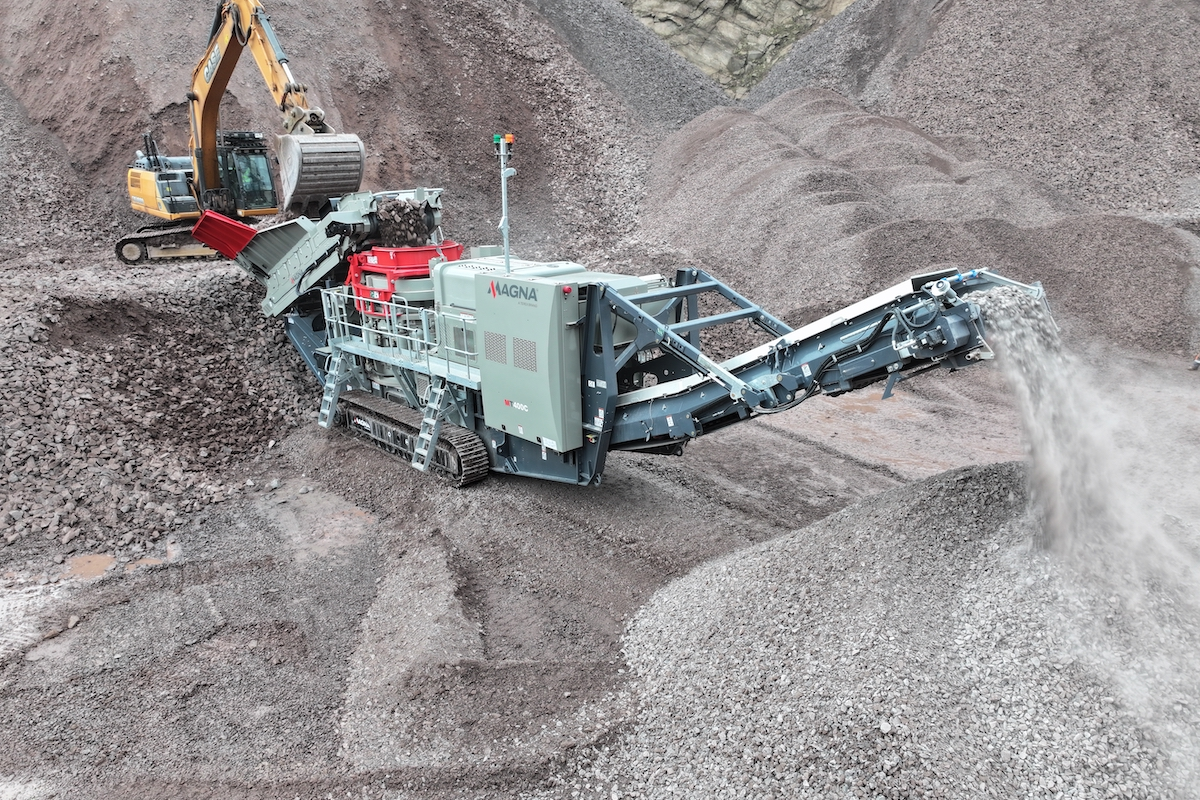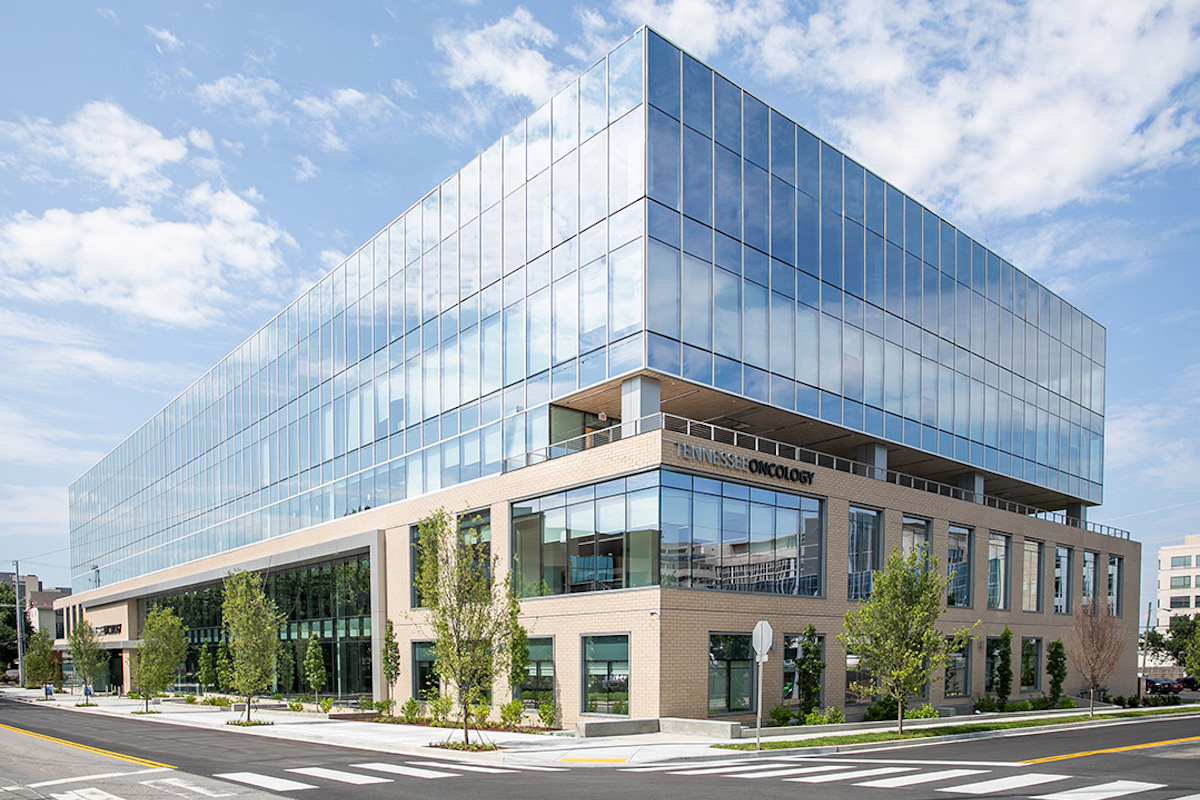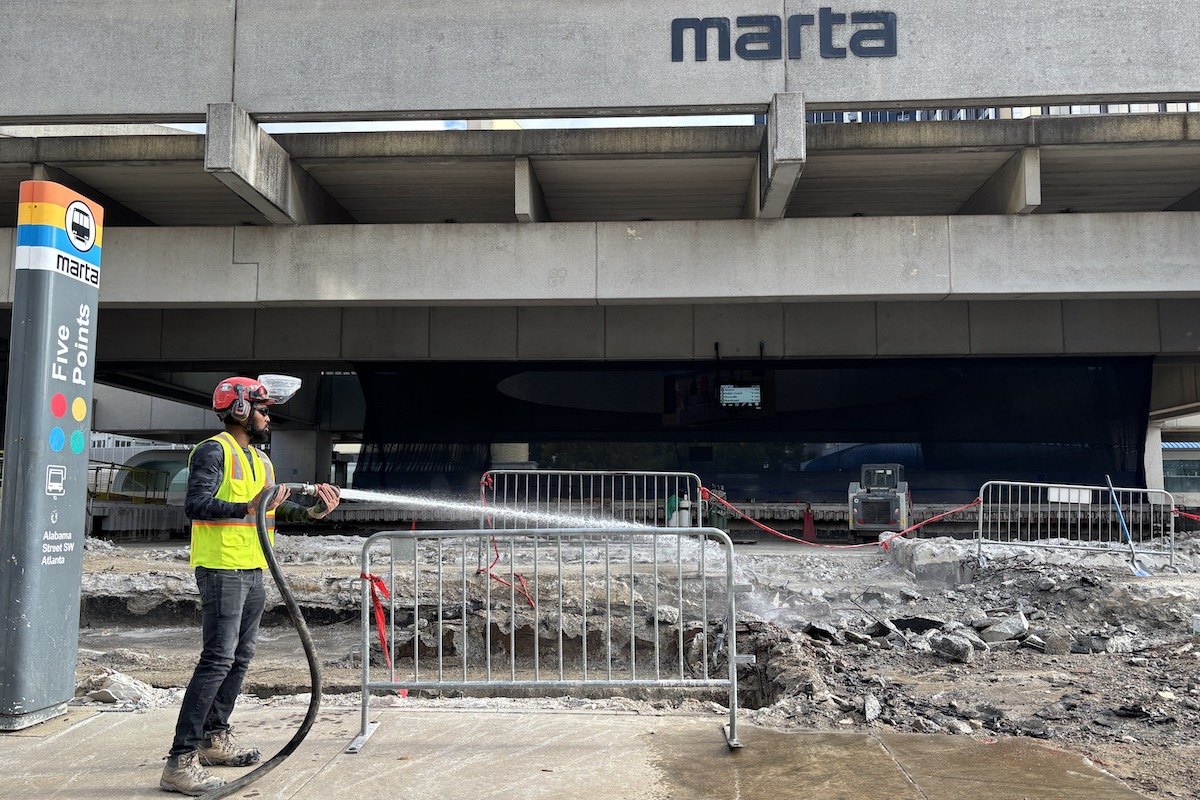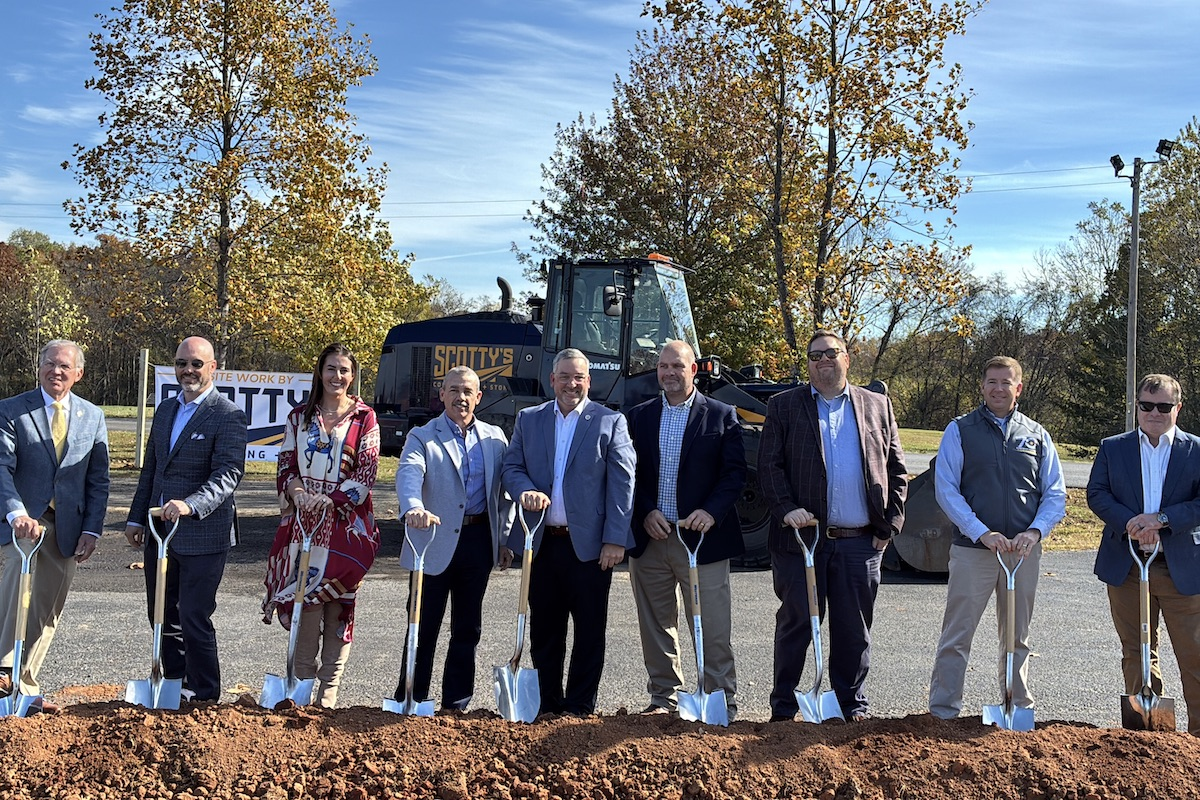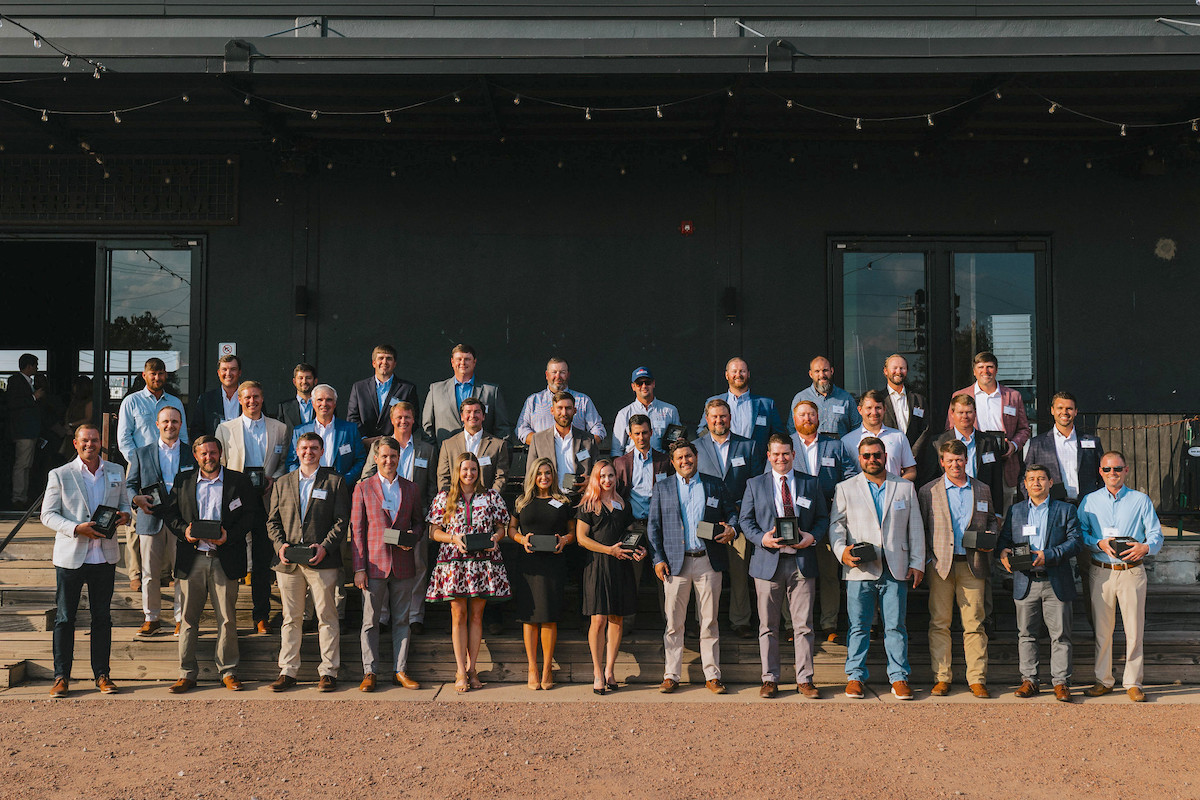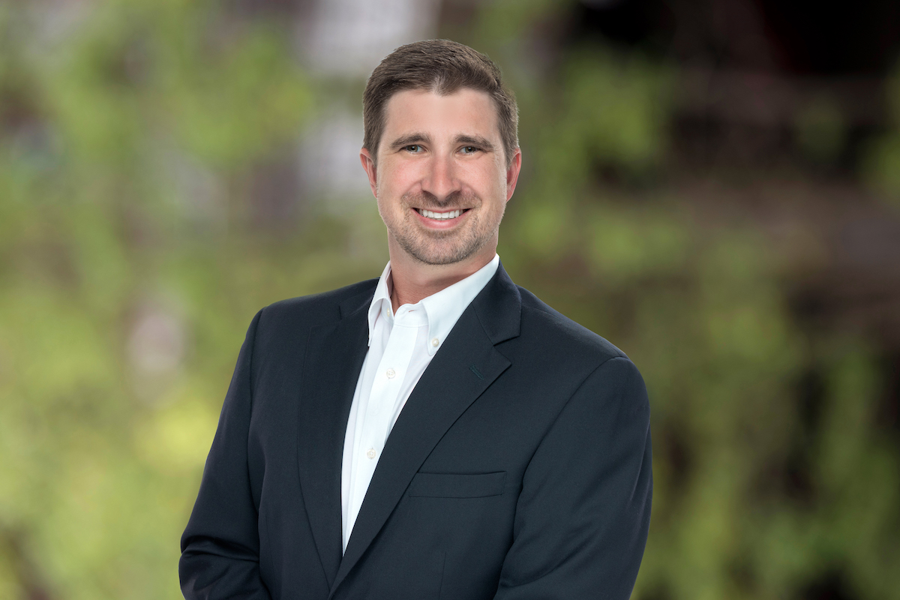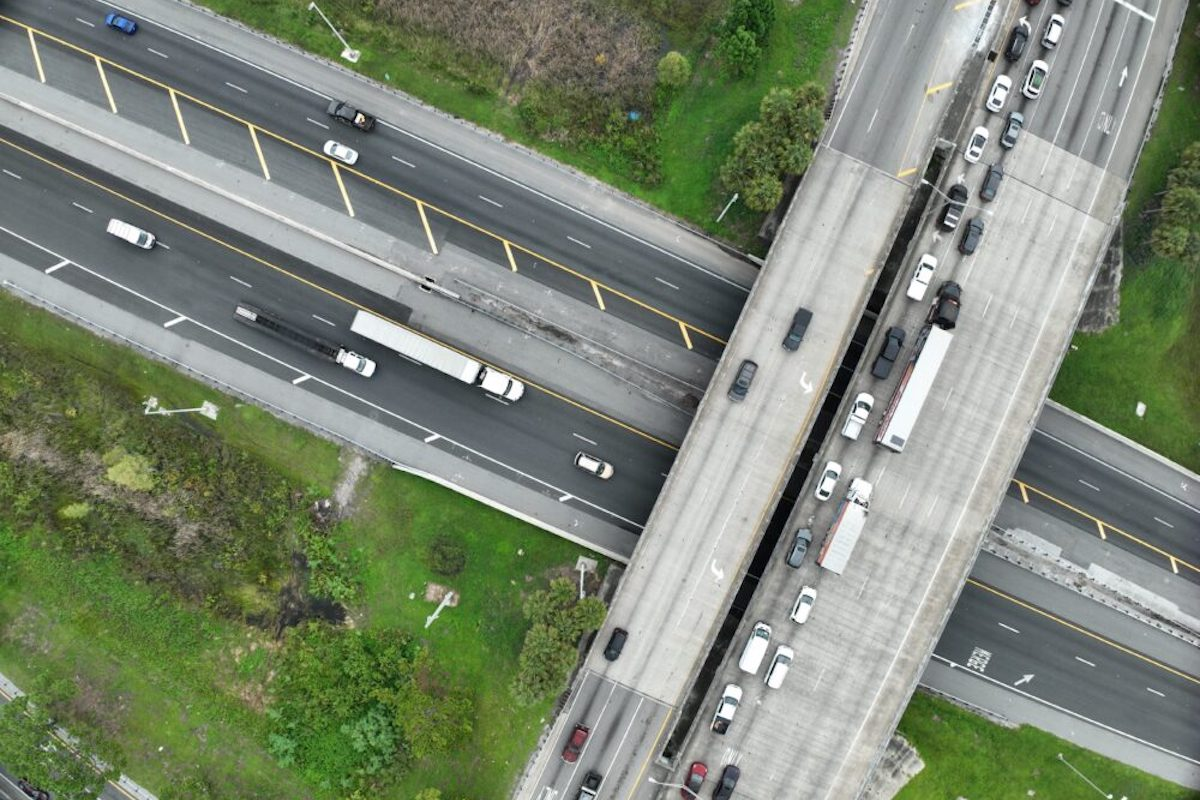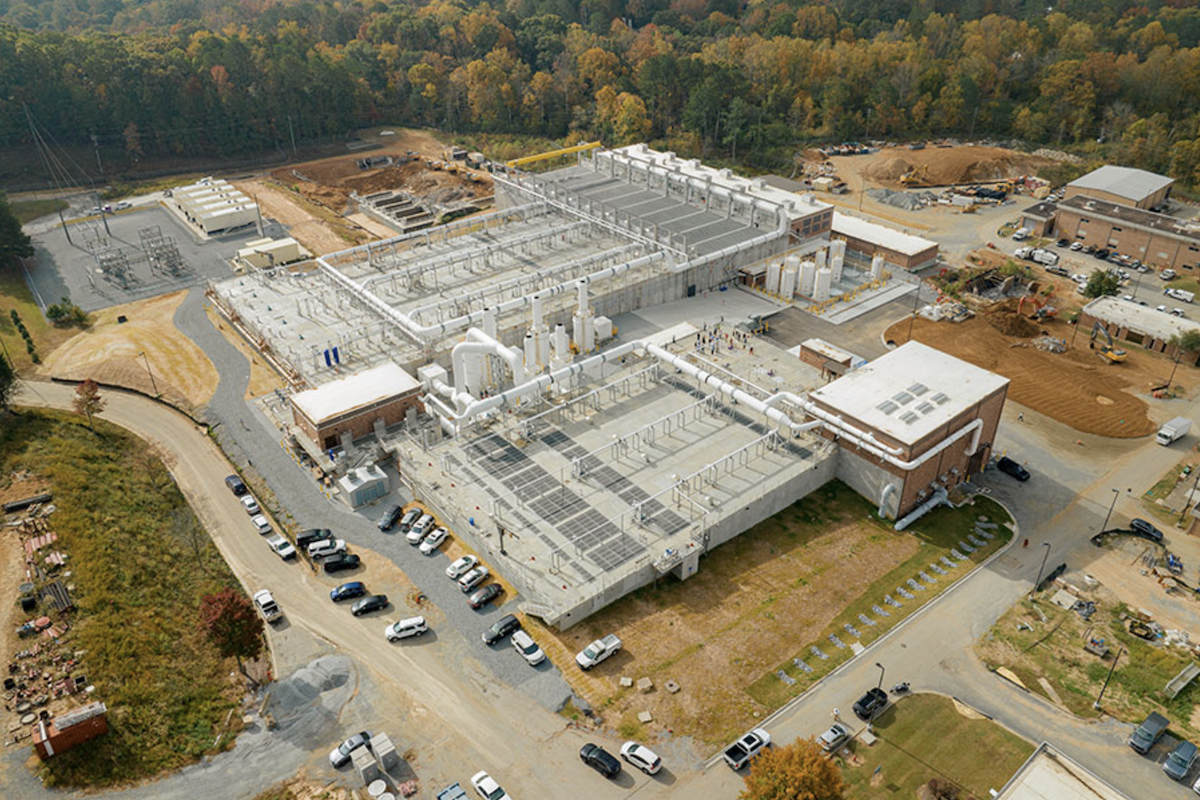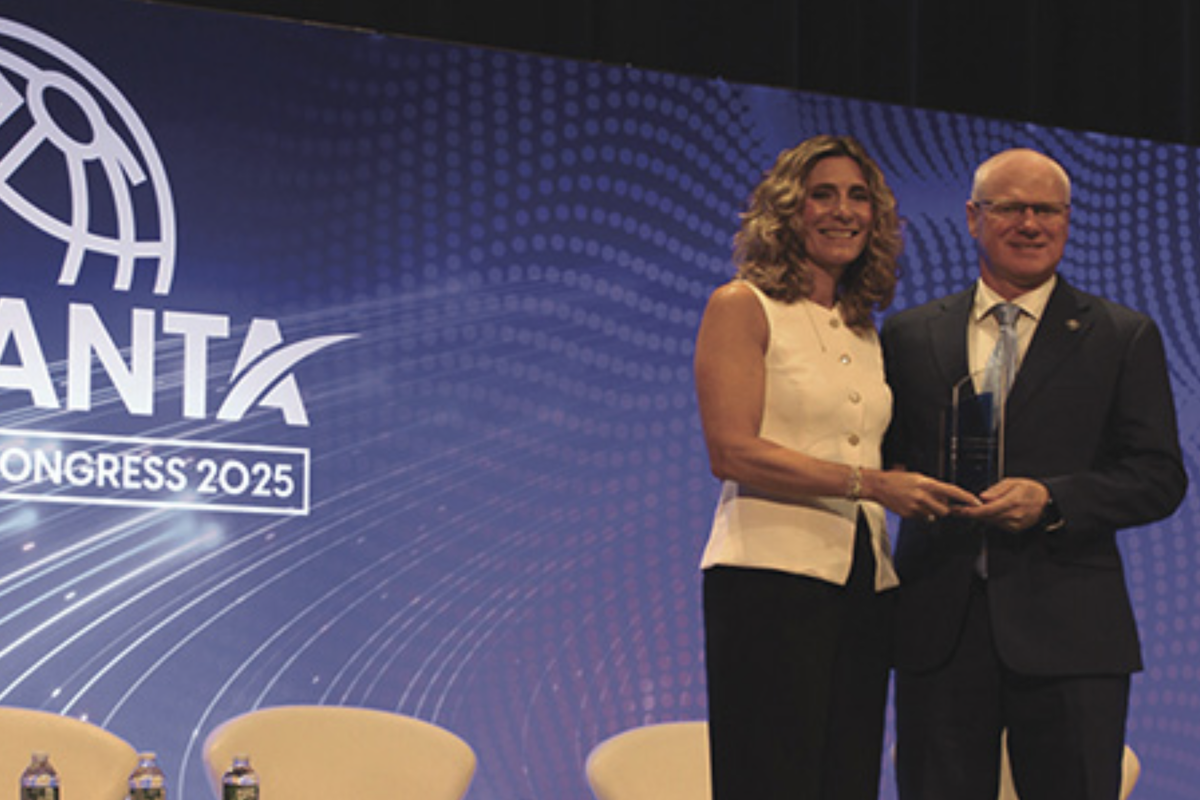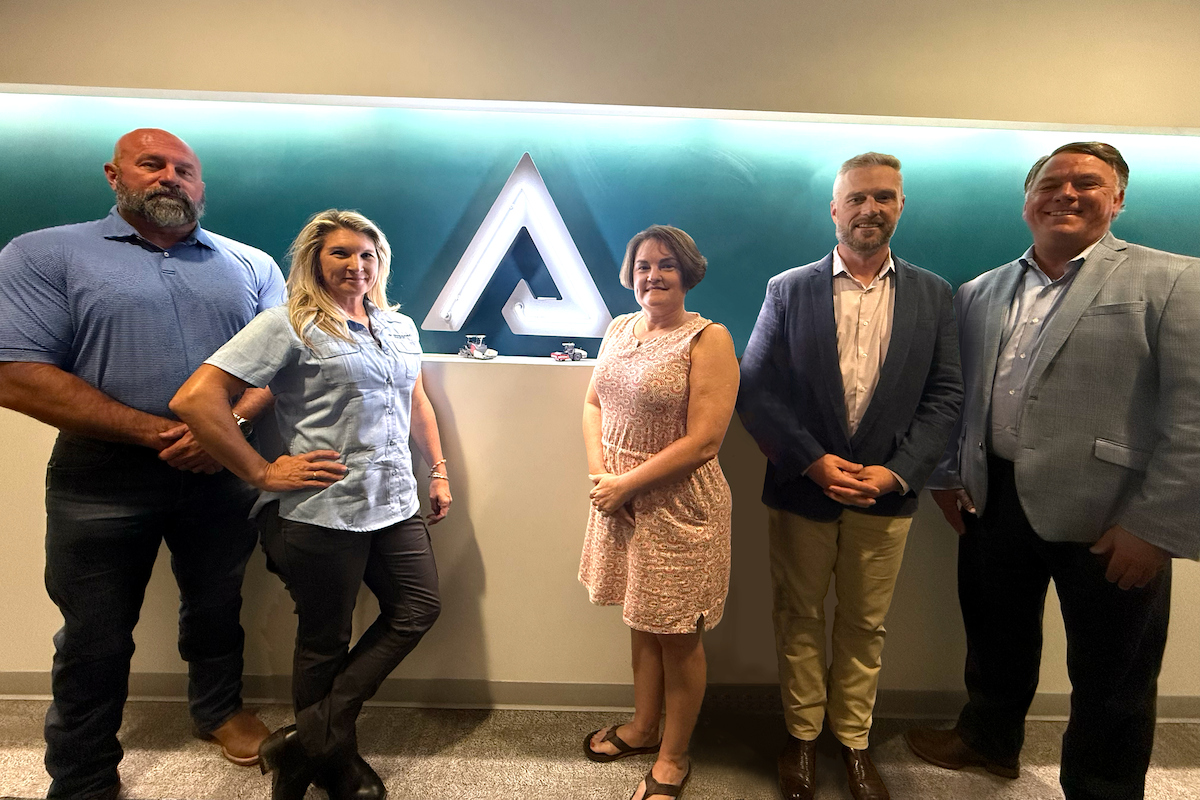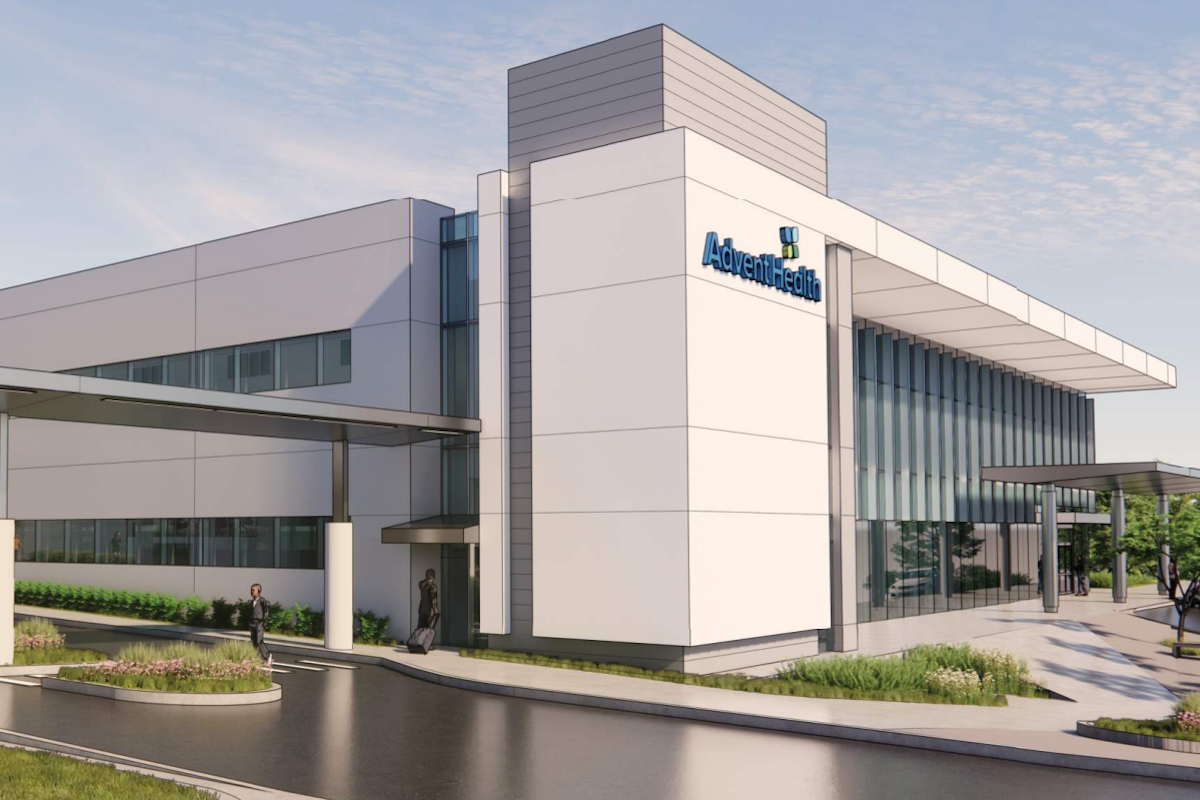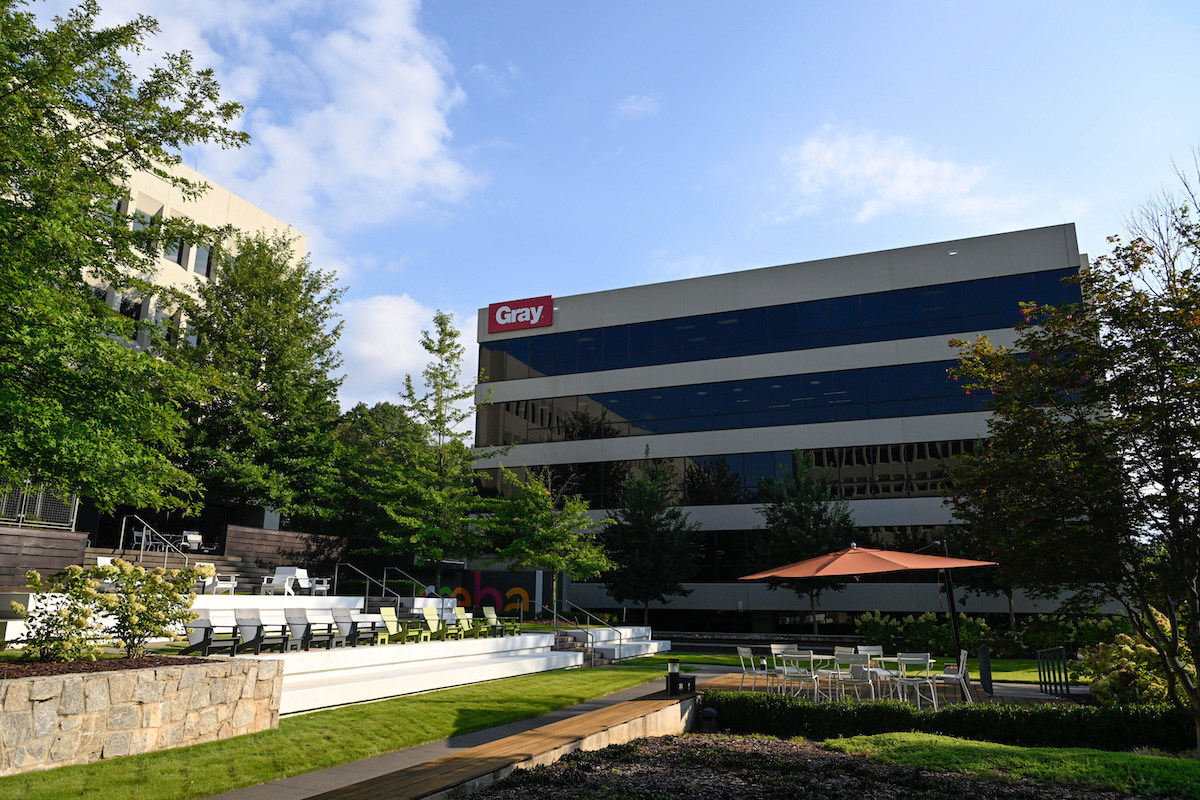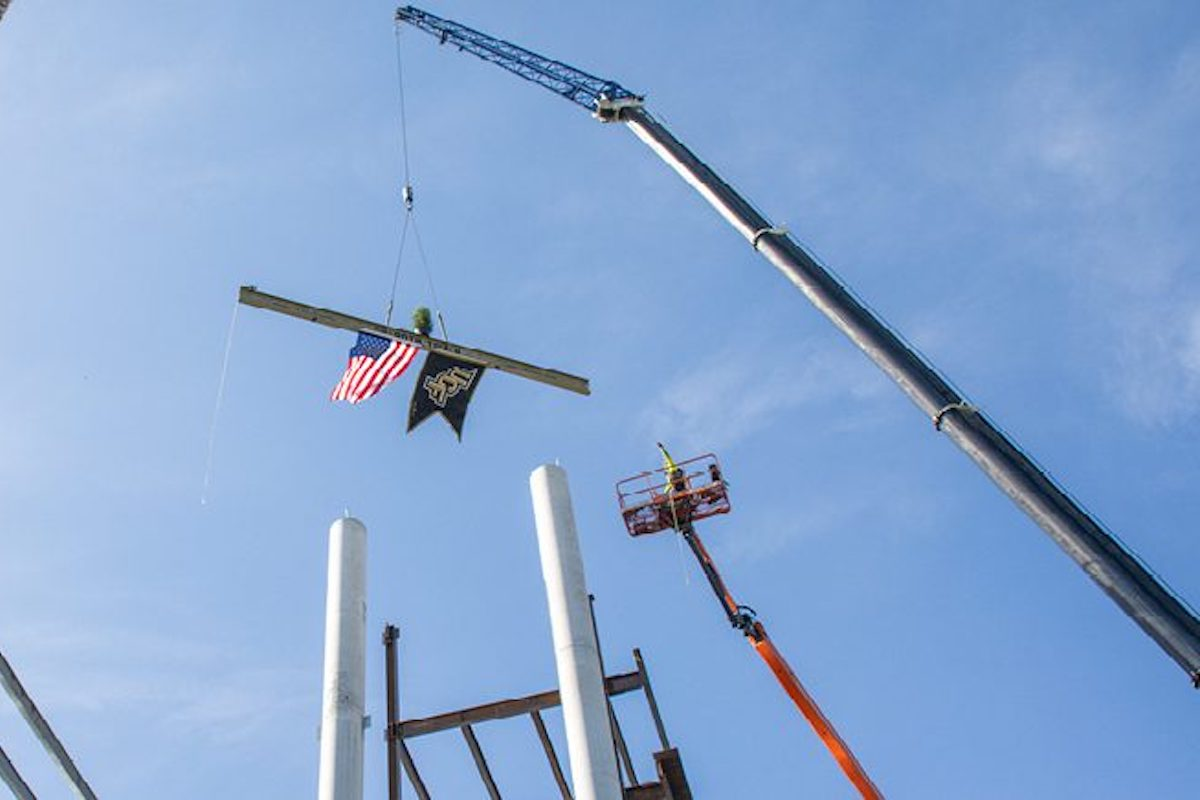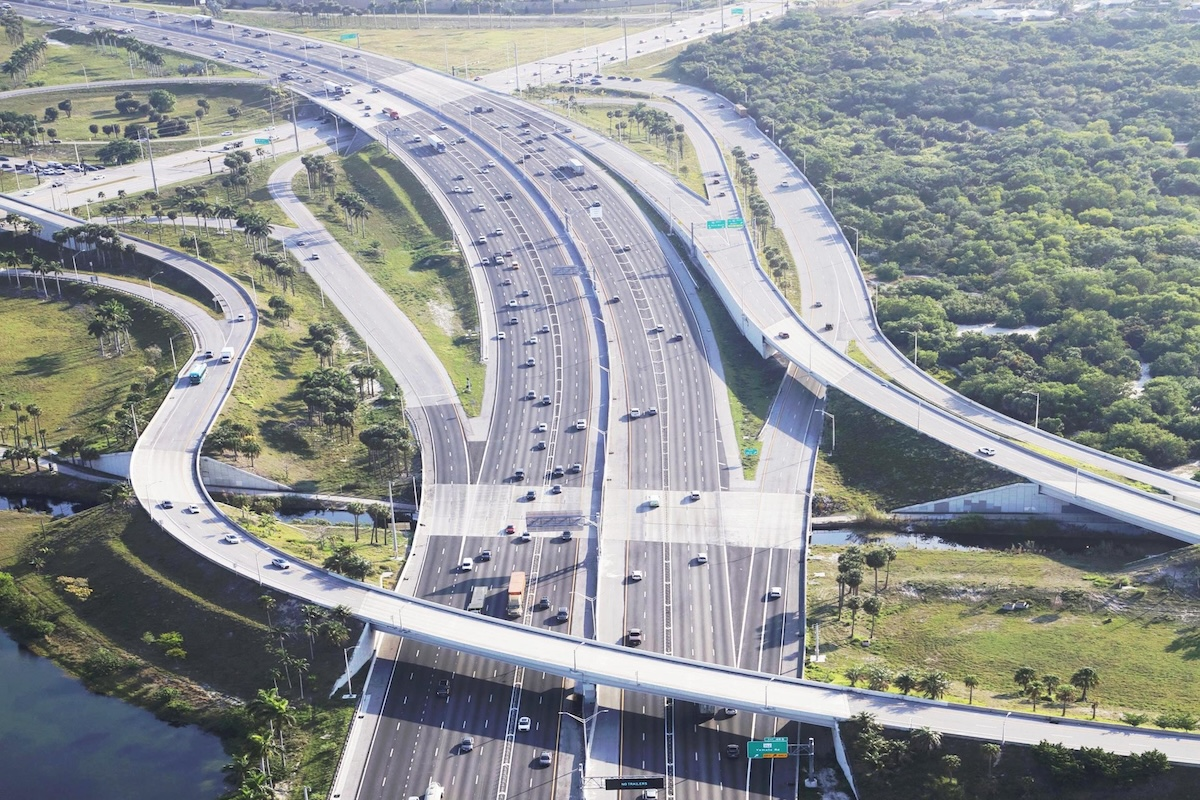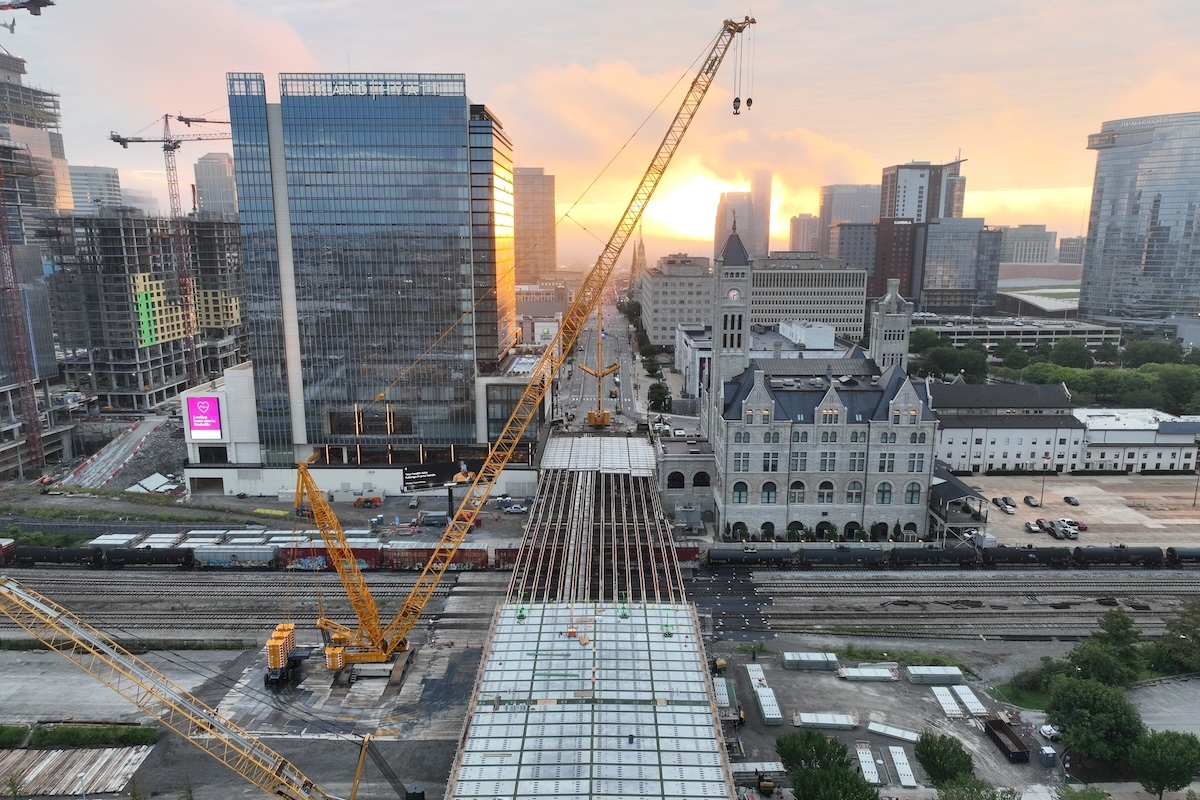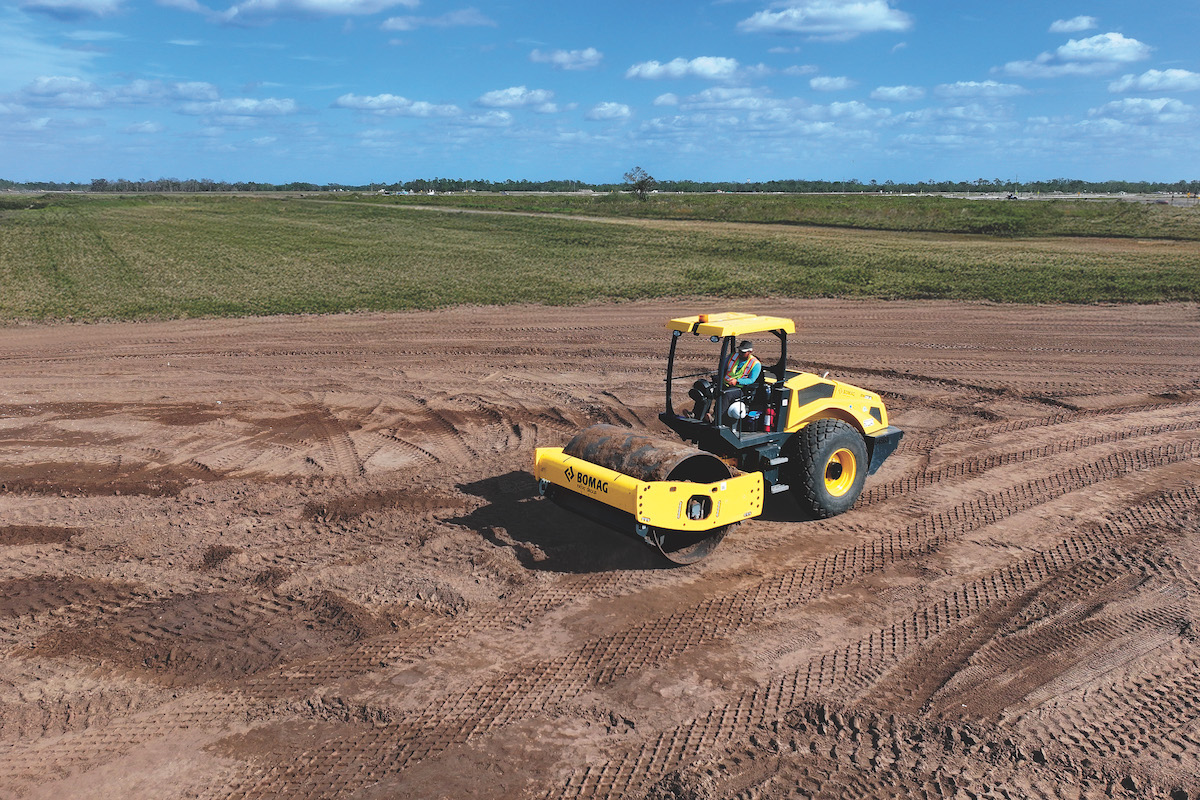The Living Building Challenge (version 3.1) requires a 12-month performance period, during which time the project must prove it is net-positive for energy and water. This means it generates more energy from onsite renewable sources than it uses. The building also collects and treats more rainwater onsite than it uses for all purposes, including for drinking.
Meeting all seven Petals in the Living Building Challenge — Place, Water, Energy, Health + Happiness, Materials, Equity, and Beauty — the Kendeda Building is the first Living Certified building of its scale in the Southeast U.S., where a warm humid climate poses many challenges. In spite of this, over the performance period the building generated 225 percent of the energy needed to power all of its electrical systems from solar panels on its roof. It also collected, treated, and infiltrated 15 times the amount of water needed for building functions.
The project’s goal is to support the educational mission of Georgia Tech while transforming the architecture, engineering, and construction industry in the Southeast U.S. by advancing regenerative building and innovation, and by showcasing synergies between environmental stewardship, social equity, and economic development. Regenerative buildings create more resources than they use, including energy and water. Through the act of creating buildings that are regenerative, Georgia Tech is charting a path for others to reverse climate change, support human health, and address social inequalities.
“Living Buildings are the future,” said Scott Cannon, Executive Vice President and General Manager of Skanska USA’s building operations in Georgia and South Carolina. “We’ve been committed to sustainability for years and have seen how projects like this are a catalyst to reshape how people think about the built environment. It illustrates the practical and replicable solutions, materials, and technologies that other buildings in the Southeast can use to meet similar environmental standards.”

| Your local Wirtgen America dealer |
|---|
| Tractor & Equipment |
| Beard Equipment Co - AL |
Regenerative design is resilient and supports carbon neutrality, helping to fight climate change. In a region challenged by flooding and drought, the Kendeda Building also shows that regenerative design can treat stormwater, conserve potable water, lower the risk of downstream flooding, reduce burden on existing infrastructure, and save money on utilities.
“If there was any doubt, we have shown that net positive energy and net positive water are both within reach in Atlanta and across the Southeast,” said Joshua Gassman of Lord Aeck Sargent, one of the lead architects on the project. “Using analytics and sound building science, we were able to provide comfort to the building’s occupants, connect them to nature and the history of the place, and live within the water and energy means of the site. We were able to do all of this while creating a clear and sustainable vision for the future.”
The Kendeda Building’s achievement is being celebrated at Living Future ‘21, a virtual gathering of the world’s leading architects, contractors, and product designers.








